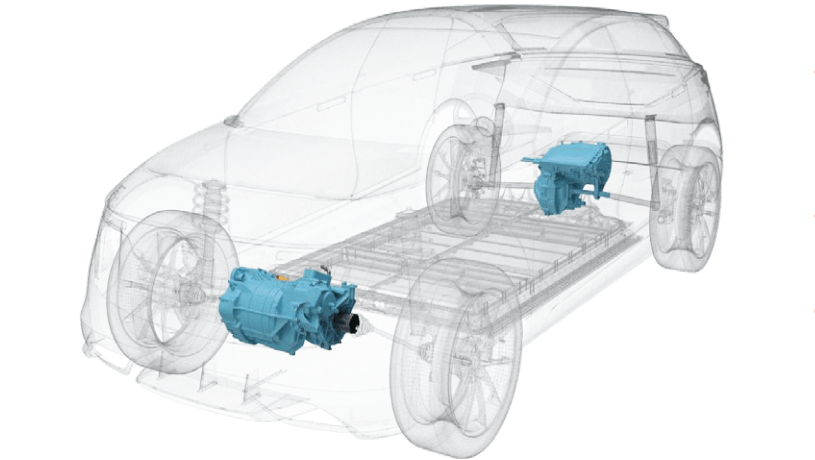Auto parts company Magna International posted a 4% increase in sales in 2022, to $37.84 billion, and highlighted four industry trends that impacted it.
While economic, political and other factors are part of the overall context in which the global automotive industry operates, there were a number of significant industry trends that affected the company during 2022:
- High inflation in all markets in which the company operates, with an expected increase in the prices of raw materials, energy, labor, freight and other production inputs that will persist through 2023 and 2024, according to its own projections.
- Price increases and sub-supplier surcharges affected by inflationary pressures.
- During 2022, the company was also negatively affected by inflationary increases in production costs, including raw materials, labor, energy and freight.
- Global light vehicle production increased 6% in 2022, with a 9% increase in North America and a 3% decline in Europe, Magna International’s two largest markets. In addition, light vehicle production increased 9% in China.
Industry trends
Globally, global light vehicle production continued to be negatively impacted by supply constraints throughout 2022, although to a lesser extent than in 2021.
Results of Magna International (millions of U.S. dollars)
Largely due to supply constraints, Magna International has experienced labor and other operational inefficiencies at its facilities as a result of its production lines being unexpectedly stopped/started due to the allocation by scarce semiconductor chip OEMs to specific production schedules.
The company’s total sales increased 4%, in 2022, primarily reflecting the launch of new programs, increased global light vehicle production and price increases to customers to recover certain higher production input costs, partially offset by the net weakening of currencies against the U.S. dollar, lower assembly volumes, lower sales as a result of the substantial shutdown of its Russian facilities and divestitures, net of acquisitions.
Its operating results are primarily dependent on production levels of cars and light trucks in North America, Europe and China by its customers.
![]()

